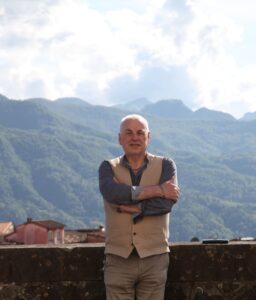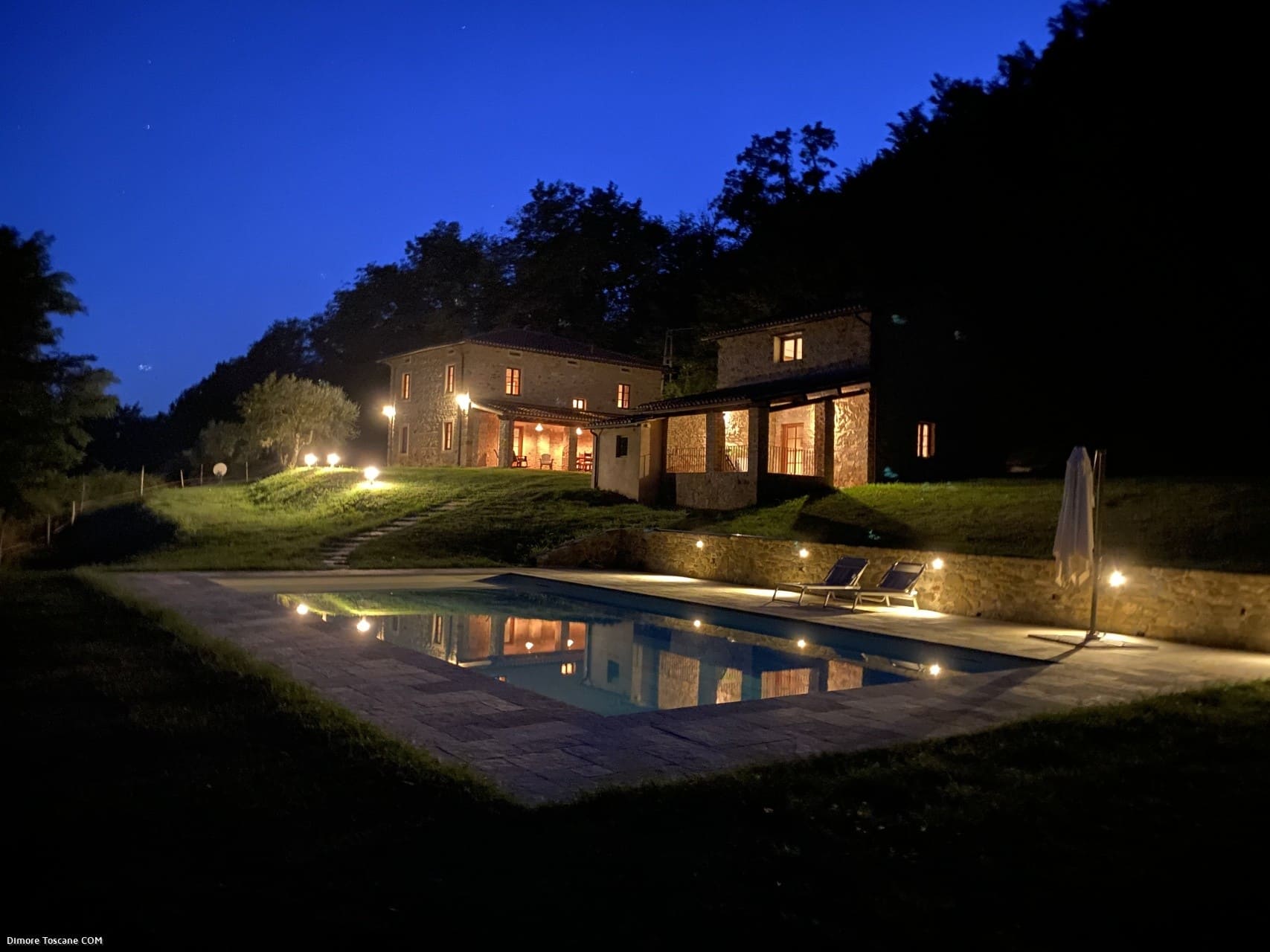By Simone Bandini
We tell you about our meeting with Roy Santi and his agency ‘Dimore Toscane – Houses in Tuscany’ – about his love and deep roots on this land. A destiny that his family has followed, like many others in the country, thanks to a close elective and productive relationship with Great Britain and, more specifically, with Scotland. We are in Barga, in the heart of Garfagnana. Roy is our guide.
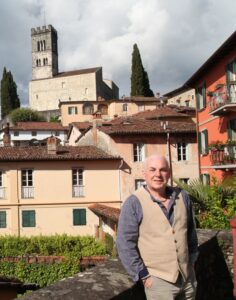 Walking through the narrow and high alleys of Barga, the steep stairways and the facades of the ancient ‘silver’ houses that seem to talk to each other – is an intimate and romantic experience. Chiara, Roy and I proceed enchanted to the threshold of the dominant terrace of the Collegiate Church of San Cristoforo which opens magnificent scenery to the West, where we see the wink in the distance of the famous Pania Forata.
Walking through the narrow and high alleys of Barga, the steep stairways and the facades of the ancient ‘silver’ houses that seem to talk to each other – is an intimate and romantic experience. Chiara, Roy and I proceed enchanted to the threshold of the dominant terrace of the Collegiate Church of San Cristoforo which opens magnificent scenery to the West, where we see the wink in the distance of the famous Pania Forata.
“I was born near Liverpool, in Wallasey; my parents were from Barga, emigrated in the 50s. My great-grandparents – we are still in the 1800s – chose to settle in Scotland to seek a better fortune”.
It was his grandparents, the middle generation, who were the first to be born in the lands of the North. After more than a century, Roy had decided to return ‘to the other end of the rope’, a destiny for his family, a magical connection between Italy and Great Britain.
“After studying industrial design at the University of Nottingham and working for various companies in the sector in England, I gained several contacts with many Italian companies with which I had to deal on a daily basis, as they were quite listed. Then in the 90s I came to work directly in Italy as an art director. The myth of Italian design has always fascinated me”, he tells us.
“But how did you approach the real estate world?”, we ask. “Almost by chance. I decided to put an ad hoc website online to sell the family home, here in Barga. Which worked. And so, a mechanism was created,” he points out.
“I then met Rolando Gonnella, a technician and surveyor who told me about the requirement of a real estate agent license, which I then decided to obtain. But I had never thought, before then, that it would become my job. Certainly my sensitivity and experience as a designer have been useful”, after all it is about the same operational and commercial dynamics: “I have an innate intuition for spaces, three-dimensional, photographic, visual that arouses in me the positive attitude of ‘it can be’ – which helps to see details and perspectives that are not obvious, sometimes outside the box”.
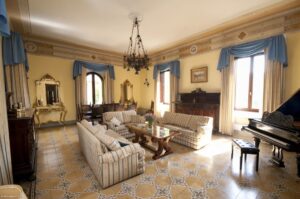
“But what is the feeling, today, of living and working in the village?” “I feel very lucky because, when you live the routine, you risk no longer perceiving ‘beauty’. However, the daily life with my foreign clients allows me to continuously evoke, with my own and their eyes, the enchantment of these lands,” he tells us inspired.
“What is the decisive push for many families to elect Barga as their first or second residence? What are the most influential factors?”. ” Undoubtedly,” Roy continues, “there is always a certain romanticism in the choice and these properties retain an irresistible charm in their link with the past, maintained by renovations made with taste and respect for local tradition, thanks to respect for the original architecture.”
Then he adds: “I must say that the ex-pats are very special; They have chosen to leave their comfort zone and throw themselves radically into a new life. They are not ‘average’ people! And they have a lot of courage and desire to participate. They remind me of my choice to come to Italy, the same leap into the void – even if in those years the recession was knocking the door in England”.
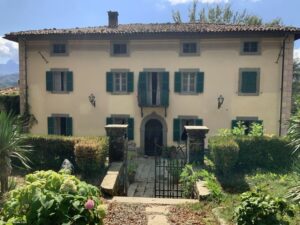
Barga has always been particularly hospitable to ‘foreigners’: “Because they themselves feel so; there is not a family that does not have a native English speaker or one of them who lives abroad, whether it is Scotland, the United States, Belgium, and so on”.
The city is therefore at the same time welcoming, yet retro: “What distinguishes and attracts us is the human dimension of living, informal, mutual knowledge. In summer there is a real ‘invasion’ of Italian-Scots thanks to the still strong family ties of this historic Barga identity”.
Historical courses and recurrences. Departures and returns. Nearby, Bagni di Lucca, as it is known, hosted the scions of the European Grand Tour since the 1700s with the first known casino. The aristocratic appeal of the Grand Duchy of Tuscany was also important. On the other hand, and in the opposite direction, the demand for woodcutters from Scotland caused a considerable migratory movement to the North.
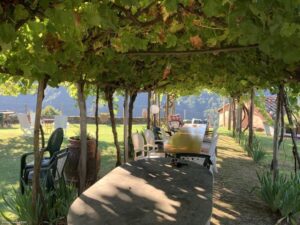
But let’s go back to Roy’s current ‘job’, the real estate agent, moving from romanticism to practicality: “We were born offering exclusively prestige objects, then the market became more transversal with a much more variable budget range: sometimes I feel like I’m a secret agent, following very confidential negotiations!”.
In addition to elective relations with the Anglo-Saxon world, emerging markets see the demands of many Poles, Hungarians, alongside those of Swedes and Danes (for the past twenty years).
The strength of this pool of professionals is its dynamism that gives more than it should in terms of service and consultancy, even after the sale; the ability to face this complexity together.
“Do you feel English or Italian?”, we press him. “My identity goes far beyond my documents,” the answer is quite effective.
Info: Dimore Toscane, Via G. Marconi 14, Barga (Lu) / Tel. 0583 723698 / Mob. 348 8607786 (Roy) / www.dimoretoscane.com / www.housesintuscany.com / roysanti@dimoretoscane.com / roy@housesintuscany.com
